#dunfermline
Text

Pittencrieff Park - Dunfermline, Scotland
#photographers on tumblr#original photographers#artists on tumblr#nature#spring#flowers#cherry blossom#scotland#dunfermline#fife#lensblr#luxlit#imiging
34 notes
·
View notes
Text


the abbey
802 notes
·
View notes
Text

Farcille!!?? Hope that's their ship name 😭😭 Anyway I'm still reading the Manga and today Laios killed her sister and a dear friend became the lord soo it matches the theme😊🙏🏼 I kinda see them more angsty most of the time they're separated so there should be some sad fics out there right?? Idk. They would make nice sad lesbians especially we know both of them has the ability to kill but wanna live warmly & in peace.
I kinda wanna draw them more soo give me some context pls😭💕
#betavent#my art sketch#artists on tumblr#marcille dunmeshi#marcille dungeon meshi#dungeon meshi senshi#dungeonmeshi#farcille#farlyn touden#farlyn thorden#falin x marcille#wlw#wlw post#dunfermline#delicious in dungeon#dungeon meshi#delicious in dungeon marcille#marcille donato#angst#light angst
40 notes
·
View notes
Text




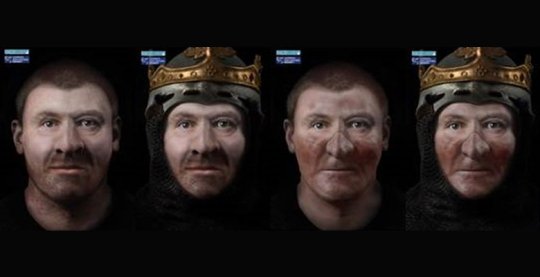
On 17th February 1818 the grave of Robert Bruce was uncovered at Dunfermline Abbey.
The body of King Robert was disturbed by workmen clearing the rubble of the collapsed Abbey tower in 1818. It was still wrapped in the winding sheet of gold cloth in which it had been buried in 1329. Following exhumation the body remained unburied for 22 months. During this time a mould was made of the king’s skull and several casts were made.
King Robert I of Scotland – Robert the Bruce as most of us know him – is undoubtedly one of Scotland’s most celebrated monarchs. Much of what we know about his life and reign comes to us through written sources, but archaeology has also furnished us with several artefacts that offer a tangible link with Scotland’s hero-king.
Perhaps the most dramatic archaeological discovery associated with Bruce was the unexpected unearthing of a body believed to be Bruce’s during building work at Dunfermline Abbey in 1818.
As early as 1314, Bruce had expressed a desire to be buried at Dunfermline with ‘our royal predecessors’, as he put it. Seven previous Scottish monarchs had been buried at the abbey, including St Margaret, whose shrine attracted pilgrims from across Europe.
To that end, Bruce paid for an ornate tomb to be made for himself and his queen, made from white marble shipped from Italy with a slab of black Frosterley marble from northern England beneath it. Sadly, the tomb was smashed during the Scottish Reformation, but several fragments of the expensive Italian marble have survived – some of which are now on display at the National Museum of Scotland in Edinburgh.
In 2017, specialists digitally recreated Bruce’s tomb and you can read all about it in case study on the ScARF website here https://scarf.scot/thematic/future-thinking-on-carved-stones-in-scotland/future-thinking-on-carved-stones-in-scotland-case-studies/case-study-the-tomb-of-robert-the-bruce/
While it is not entirely clear whether the body found in 1818 was Bruce’s, but the sheet of gold cloth is the clincher for me. I don’t know how much of it remains, but the second pic shows a remnant on display at the National Museum. The body was examined by Alexander Munro, Professor of Anatomy at the University of Edinburgh, and briefly displayed to the public before being reinterred in 1819.
The cast of the skull, as seen in the first pic, has been the basis of several facial reconstructions of the king, with the most recent being undertaken in 2016 using the cast belonging to The Hunterian in Glasgow, as seen in the last pic.
Following his death in June 1329, Bruce’s body was buried at Dunfermline but his heart was removed and – after a brief but eventful trip to Spain – was buried at Melrose Abbey in the Scottish Borders.
While this practice was often frowned upon by the Church (Bruce had to get permission from the Pope before doing it), it appealed to Bruce because it would mean that prayers and masses would be said for his soul by the religious communities of both Melrose and Dunfermline, which would decrease the time he would have to spend in Purgatory for all of the sins he had committed during his lifetime, which would have been considerable, given his fearful reputation.....HOWEVER! For those of you who are religious out there, at least to the Roman Catholic “flavour” King Robert is now definitely in his Heaven as Pope Francis has abolished the places where souls were supposed to go after death
Pics three and four are how the originally tomb would have looked, and how it is today.
31 notes
·
View notes
Text
Photography of the Day - Dunfermline City Chambers
Dunfermline City Chambers, at the corner of Bridge Street and Kirkgate
Dunfermline City Chambers – Photo by Raffaello Palandri
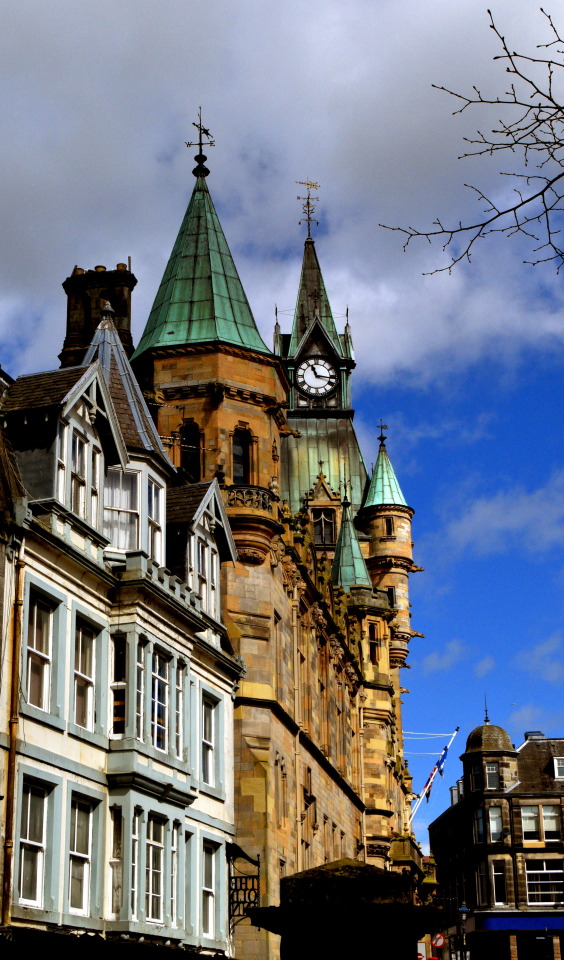
View On WordPress
#City Chambers#Colour Photography#Dunfermline#Fife#living abroad#photo of the Day#Photography of the day#POTD#Raffaello Palandri#Raffaello Palandri photography#Scotland#travel#travel photography
58 notes
·
View notes
Text
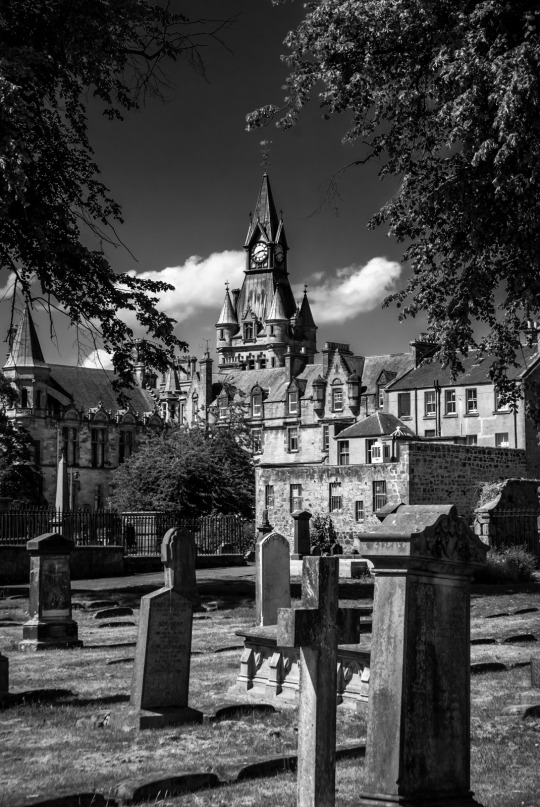
The grounds of Dunfermline Abbey, Fife
#photographers on tumblr#original photographers#luxlit#imiging#black and white#black and white photography#original photography#Fife#Dunfermline#graveyard#Cemetery
56 notes
·
View notes
Text

Andrew Carnegie's statue, Dunfermline
Carnegie was born in Dunfermline and his family emigrated to America in 1848. Through his energy and business acumen, he became extremely wealthy but later in life he distributed much of his fortune through trusts for philanthropic goals, including the well-known Carnegie libraries in many UK towns and cities. 'A man who dies rich dies disgraced.'
9 notes
·
View notes
Text
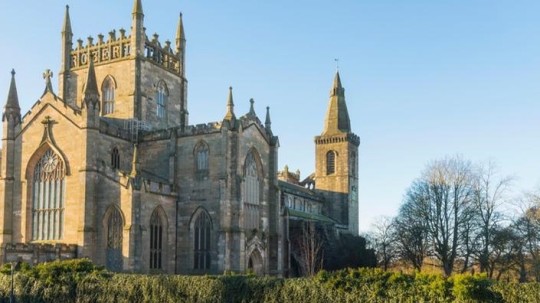
Founded in 1072, Dunfermline Abbey has deep royal connections
#Dunfermline#Fife#Scotland#Robert Bruce#abbey church#Church of Scotland#ancient capital#gothic architecture#UK#sacred space#mediaeval churches#Scottish history
28 notes
·
View notes
Text
Logan says hi
Named as a kitten for his enormous claws, he’s calmed down a lot since then. Now all he wants is belly rubs and to get under the duvet with me.
One of the perks of visiting is getting to have this little fur all on my lap for hours on end.

5 notes
·
View notes
Link
The Christmas season doesn’t officially begin in the UK until the first news stories bemoaning crappy attractions appear.
11 notes
·
View notes
Text

Spring In The Glen
#photographers on tumblr#original photographers#artists on tumblr#scotland#nature#landscape#spring#daffodil#lensblr#luxlit#imiging#dunfermline#fife
411 notes
·
View notes
Text

looking up
18 notes
·
View notes
Text
I'm this close 🤏🏼 to draw farlyn and marcille wlw art
#dunfermline#dungeonmeshi#dungeon meshi#delicious in dungeon#farlyn thorden#farlyn touden#marcille dungeon meshi#marcille dunmeshi#falin x marcille#betavent
22 notes
·
View notes
Photo



On 17th February 1818 the grave of Robert Bruce was uncovered at Dunfermline Abbey.
Workmen clearing the ruins of the abbey choir of Dunfermline, Fife, uncovered two large slabs and, beneath them, a shallow stone-lined grave containing a lead shrouded skeleton.
This was during work to build the New Abbey Church we sede nowadays, I shall add a wee bit more of later.
Given the central church position of these relics, almost all contemporaries believed this to be the burial site and mortal remains of Robert Bruce/I, whom later medieval chroniclers had described as being buried ‘in the middle of the choir’.
News of this great discovery quickly spread and, according to local annalist, Ebenezer Henderson, was soon ‘all the talk of the town’, just two weeks after the ‘discovery’, too, in Edinburgh Castle of the Scottish crown jewels, which I posted about earlier this month. However, the authorities in Fife, Edinburgh and even London became increasingly fearful that such a potent icon as Bruce could become a rallying point for radical and even violent agitation for political and socio-economic reform across Scotland in the wake of the Napoleonic Wars.
It’s really a sin that The Bruce relics were treated in a shabby manner back then They were inspected and re-interred on 5th November 1819, a Protestant double-holiday marking Guy Fawkes Day and the anniversary of the Hanoverian landings of 1688.
Before this happened though many relics from the grave were souvenired or stolen, whether that was by those working at the Abbey or by ordinary citizens of Dunfermline, who were only reluctantly admitted to view the bones, is not clear, a small group of locals also fabricated a Bruce name plaque and hid it in the grave debris.
I would take another 70 years before the Bruce’s grave was properly marked by a brass plaque donated by the Earl of Elgin, not the Government, which also reneged on its promise to secure and mark all royal remains within the new Abbey Church.
The authorities were probably keen to delay a closer inspection soon after the discovery for fear of creating any threat to the existing order of things. The French Revolution was still fresh in the mind and the powers that be were afraid of the same happening here, of Scotland with it’s history of unrest was where they thought it would begin, the radical weavers and The “Battle of Bonnymuir was only round the corner.
At this stage the design of the tower for the new church over the crossing of Nave and Transepts was completely revised by William Burn to incorporate the words “KING ROBERT THE BRUCE” around the top parapet.
The first pic is depictions of the remains as they were discovered, second shows a cast of the skull, as seen in the first pic, has been the basis of several facial reconstructions of the king, with the most recent being undertaken in 2016 using the cast belonging to The Hunterian in Glasgow. The other pic is how the grave looks now, the full size brass gifted by the Earl of Elgin in 1889 covering the stone beneath.
24 notes
·
View notes
Text
Photography Of The Day – Dunfermline Abbey
A wee view from a corner of the Graveyard of the Dunfermline Abbey.
Dunfermline Abbey – Photo by Raffaello Palandri
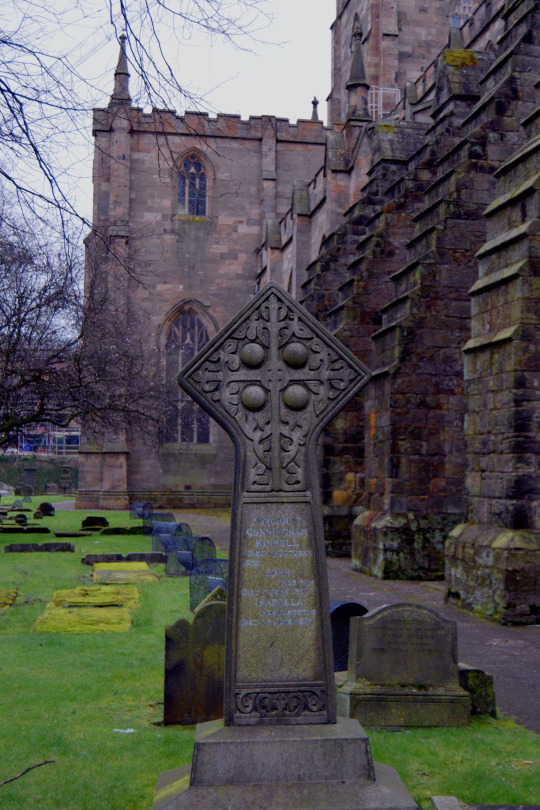
View On WordPress
#Dunfermline#Dunfermline Abbey#Fife#Graveyard#living abroad#photo of the Day#Photography of the day#POTD#Raffaello Palandri#Raffaello Palandri photography#Scotland#travel#travel photography
10 notes
·
View notes
